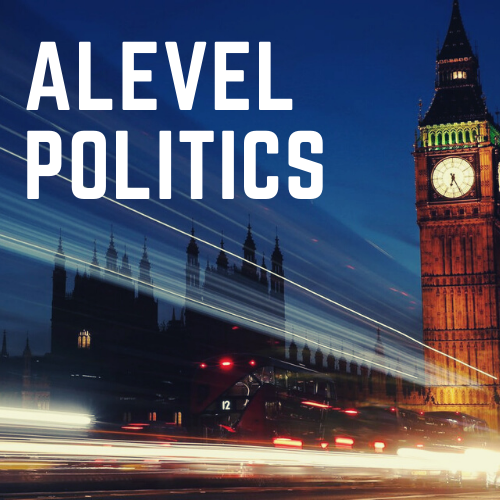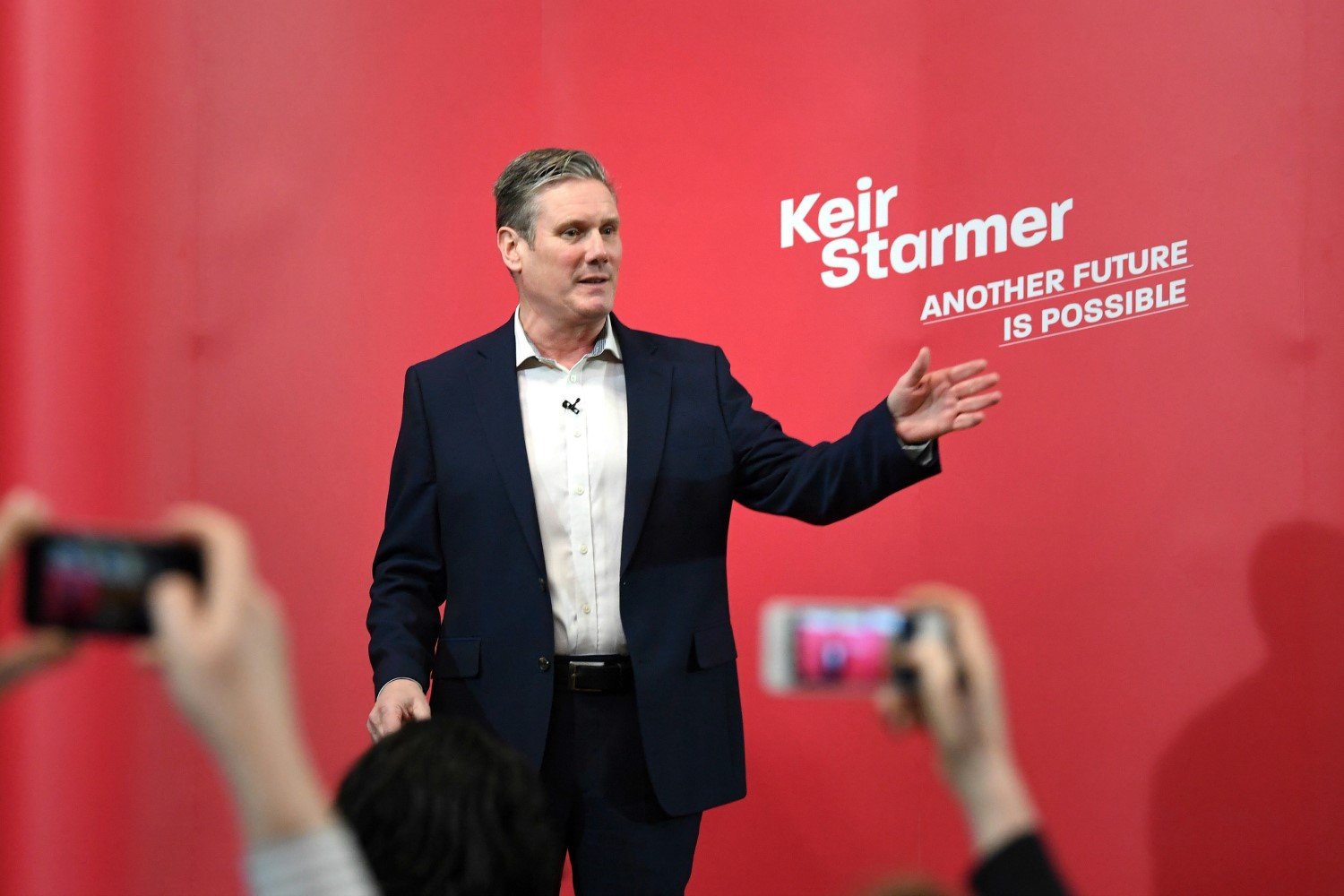Evaluate the view that the Labour Party is internally divided
The Labour Party was established at the start of the twentieth century after the working class gained the right to vote. It initially grew out of the trade union movement and has strong influences from socialist thought. However, there is a division in the labour party between new labour and old labour. Old labour has social democratic foundations and was championed by Clement Attlee in the 1950s. New Labour, or the Third way, was mainly introduced by Blair and focuses on modernising the Labour Party and bringing it more centrist. There is also a minority of the Labour Party with more extreme left wing views, completely rejecting the centrist third way policies. These ideological differences have caused several disagreements within the Labour Party. This essay will examine the divides in terms of the economy, tensions with blue labour and education, and it will be concluded that the labour party is internally divided.
The largest division within the Labour Party is arguably how the economy should be handled and this is why it is clear that the labour party remains very divided. Many supporters of Corbyn, members of the momentum faction, take the more far left wing view that the economy should be managed by the state to ensure social equality. This entails wealth redistribution, the nationalisation of key industries and the re-establishment of Keynesian economics. For example, Corbyn was keen to nationalise the internet. These ideas clash with those of Blairites, centrist members who support third way thinking. Keir Starmer as the current leader has not explicitly placed himself into the Blairite third way camp, but his instincts are more centrist and his shadow chancellor, Rachel Reeves is weary of making too many spending and tax commitments. This faction of the labour party is far more cautious about state intervention in the economy, having learnt after the stagflation in the 70s. They have accepted that the free market is the most efficient and effective way to generate wealth and thus are far more willing to privatise industries. These are both factions in the labour party, despite their opposing views. This is because the labour party is a coalition party: as first past the post inevitably tends towards a two-party system, many different factions have come together under the labour party in attempt to attain electoral success. Therefore, there is a clear divide in the labour party over the economy.
On the other hand, some argue, albeit in a weak way, that this division has been reconciled to some extent after Starmer came to power as party leader. Starmer purged the party of the left wing, expelling many of them, including Rebecca Long Bailey and Corbyn himself. Due to this, the far left are now a minority within the party and lack sufficient influence. Starmer also openly criticises the ideas of the far left and Corbyn himself, in order to distance himself from it and make it clear that he plans to pursue a centrist agenda. Therefore, some argue that Starmer has managed to elevate the tension between the left and centrist members of the party. However, this is not a convincing argument as such tensions are so deeply rooted in ideology that this is only a temporary and superficial solution. It is arguably inevitable that the left wing influences will grow again in the party, as Starmer has only suppressed, not eliminated, them. This is because the membership of the party are far more left-leaning than the parliamentary party. Therefore, it can be maintained that the labour party is internally divided over the economy.
A further divide has been caused by Blue labour, a faction within the Labour Party who seek to divert attention onto working class issues. They disagree with the direction that the labour party is heading, arguing that it has become too elitist and thus has lost the support of the working class. In order to regain this support, blue labour adopt socially conservative values. For example, they emphasise the importance of patriotism, religion, supporting the army and limiting immigration. They argue that these issues must be addressed in order to truly represent the working class voters. For example, Labour should adopt policies against large scale immigration, as it provides competition for the British working class. This is a stark contrast to the labour policies under Corbyn. Corbyn was anti-war, not very patriotic and supported migration and many around him like John McDonnel were in favour of the EU to some extent. They would argue that Corbyn was very out of touch and are not willing to get on board with such policies. Thus, the blue labour faction represents the internal divisions of the Labour Party.
However, this is a very small faction within the Labour Party and thus they are not significant. Not many MPs subscribe to blue labour due to the stark ideological difference from labour’s socialist roots. Rather, they believe that there are more socialist methods of reconnecting with the working class. Furthermore, Starmer has attempted to incorporate some of the blue labour ideas. For example, he has sought to represent the patriotism of the working class by always having a union jack behind him when he gives speeches and also he has shown more reservation towards immigration. This shows that, with the replacement of Corbyn as the party leader, the tension between official labour policy and blue labour ideas has weakened. Thus, this is actually a weak argument as it does not present a significant divide within the party.
A topic causing much stronger divisions between the party is education policy. Blair put a large focus on the importance of an academic education when he was prime minister. He pushed for as many people as possible to sit a levels and introduced tuition fees for university. He also created academies to increase competition between schools to improve results and drive up their standards. Many members of the labour party disagree with this approach. Some support the introduction of t-levels, a more practical qualification, however members criticise this as a method to force the working class into non-academic study and thereby trapping them in a cycle of poverty. Blair’s creation of academies has also been criticised by more left wing members, who argue that academies have the ability to innovate and move away from central education policies and raise revenue through private means, they argue this will inevitably create inequalities in education. The left wing favour one standard comprehensive school education.
This is a very strong argument illustrating a clear divide in the party and it is difficult to see what labour’s policy will be this early into Starmer’s leadership. Currently, the party has been united over less controversial topics, such as the issue of free school meals and the government’s academic catch up schemes after covid. The party was also united in removing Latin as an elitist subject in 2021. Despite this consensus, these deeper divisions regarding the education system remain and it is likely that they will resurface at the next general election, when Starmer may be compelled to address them. Thus, education remains a strong division in the labour party.
In conclusion, it is clear that the Labour Party is internally divided. The weakest divisions are the tensions caused by minority factions such as blue labour as these tend to have little impact. However, the labour party is clearly split ideologically over larger matters such as the economy and education. The economy is certainly the largest divide as there is a large range within the party, from far left wing members influenced by Marxist thought to Blairites continuing what many will see as the inequalities of neo-liberalism. As labour is a broad tent coalition, it is likely that these divisions will remain and will never successfully be reconciled.
Luisa Mayr

